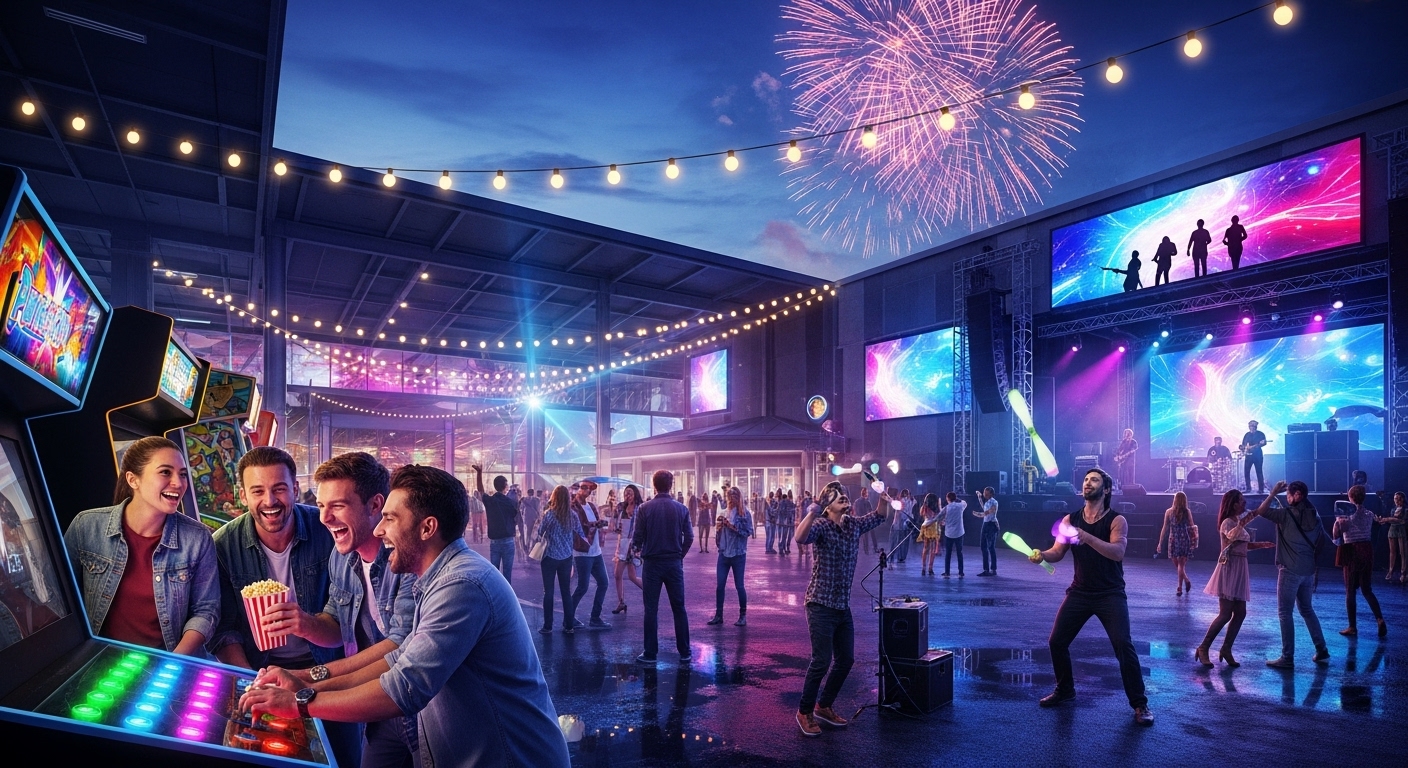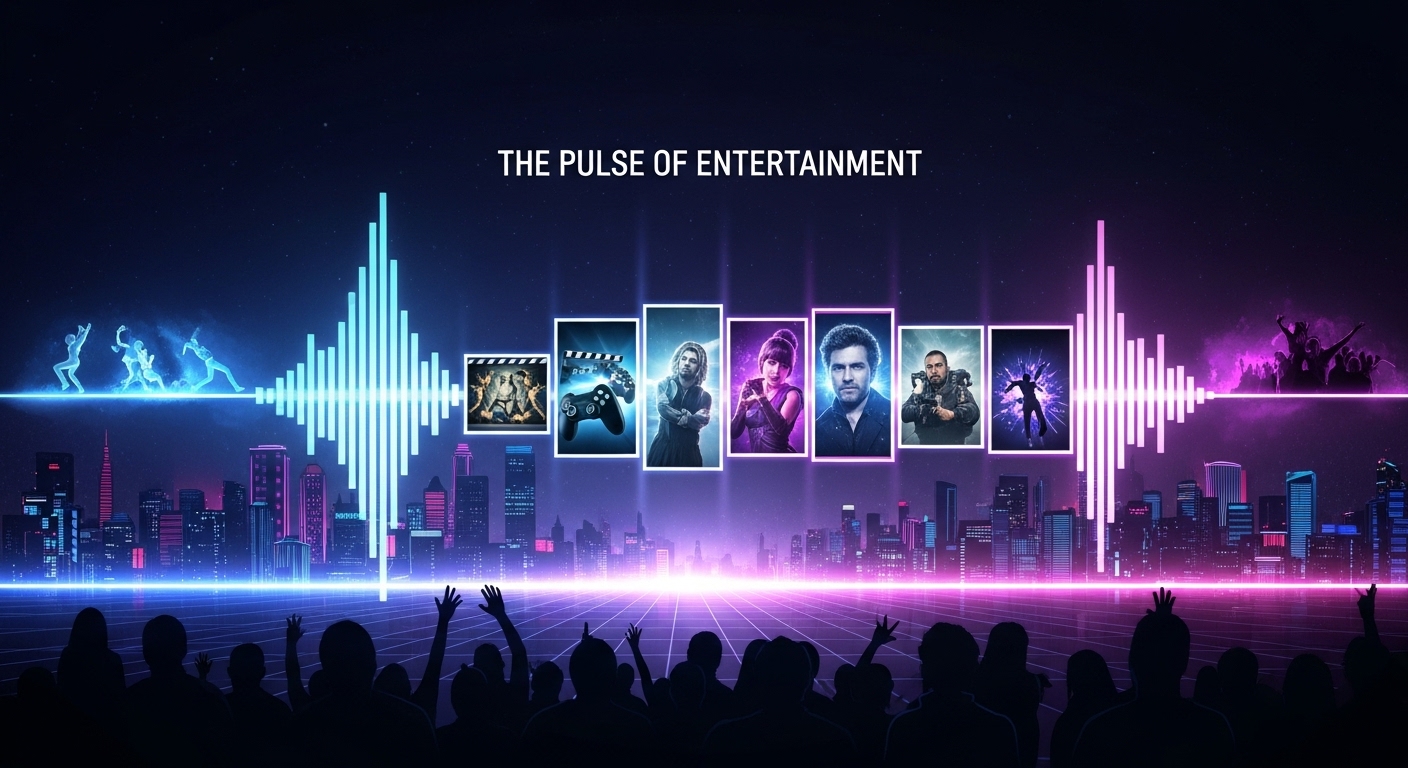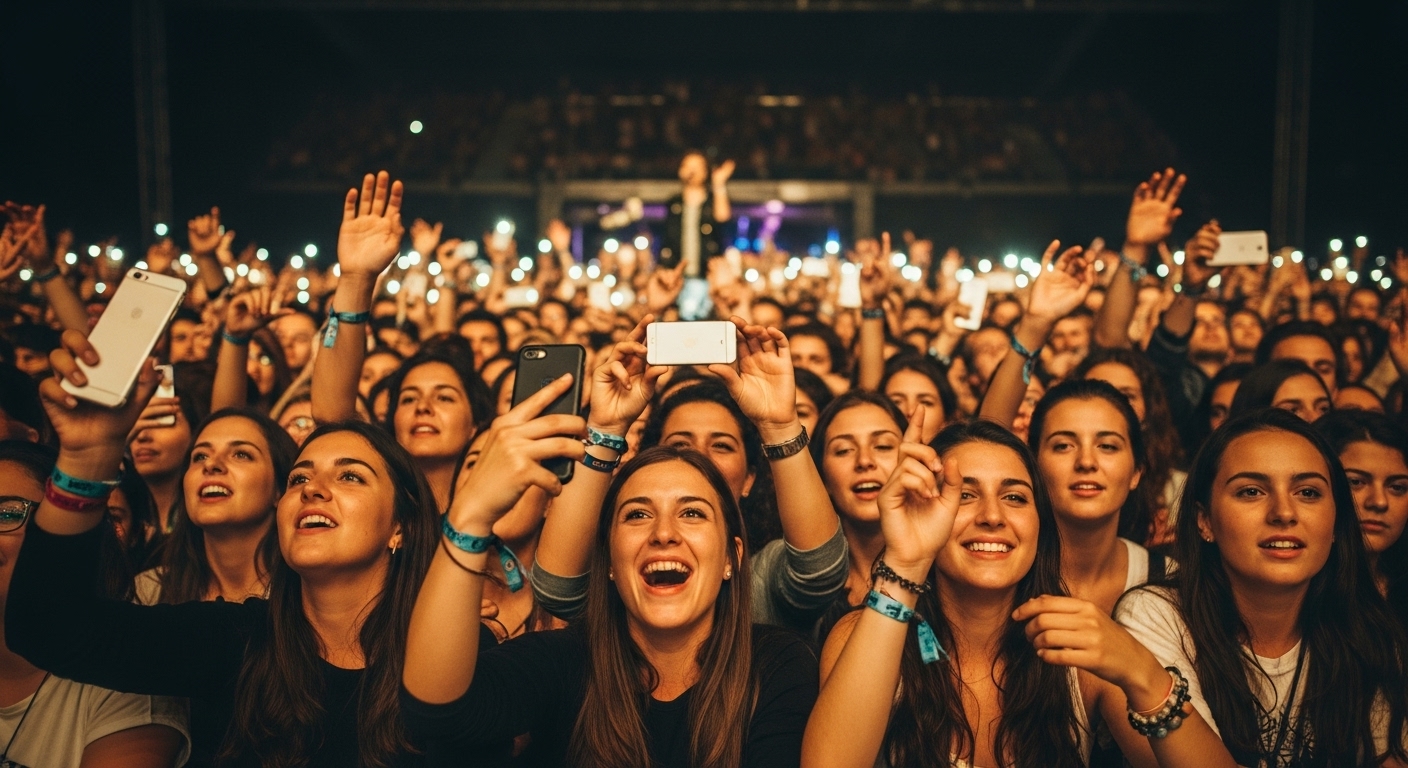The entertainment industry has always been a dynamic ecosystem where art forms borrow, inspire, and evolve from one another. Among the most significant cross-industry influences in recent years is the impact of video games on movies and music. Once considered a niche hobby, video games have grown into a cultural powerhouse with storytelling, audiovisual artistry, and interactive experiences that rival traditional media. Today, games do more than entertain—they shape narrative techniques, visual aesthetics, and musical trends in film and music. This article explores the multifaceted ways in which video games influence these creative industries.
The Evolution of Video Games as a Cultural Force
Video games have evolved dramatically since their inception. Early arcade games like Pong and Space Invaders were simple, yet engaging. Over time, technological advancements enabled more complex narratives, realistic graphics, and immersive gameplay. Titles like Final Fantasy, The Legend of Zelda, and Metal Gear Solid pioneered cinematic storytelling in gaming, blending plot, character development, and emotional depth.
These developments elevated video games from mere entertainment to cultural artifacts. Gamers began to appreciate not only gameplay mechanics but also the artistry involved in creating expansive worlds, compelling characters, and intricate soundscapes. As a result, games became a source of inspiration for filmmakers and musicians seeking fresh ideas and innovative approaches to storytelling and sound design.
Cinematic Storytelling in Games
One of the most profound influences of video games on movies is the approach to storytelling. Modern games employ cinematic techniques, including cutscenes, dynamic camera angles, voice acting, and complex character arcs. These elements have influenced filmmakers to adopt more immersive and interactive narrative methods.
Games like The Last of Us and Red Dead Redemption 2 exemplify storytelling that rivals the depth of blockbuster films. Their use of environmental storytelling, moral choices, and emotional engagement has inspired directors to explore more layered, character-driven narratives. The non-linear storytelling and branching paths common in video games have also encouraged filmmakers to experiment with unconventional narrative structures in films, giving audiences new ways to experience stories.
Visual Aesthetics and World-Building
Video games are renowned for their meticulous attention to visual design. Concept art, level design, and real-time rendering have pushed the boundaries of visual storytelling. These elements increasingly influence film production, from pre-visualization techniques to CGI-heavy blockbusters.
Movies like Avatar, Inception, and Ready Player One demonstrate the clear inspiration drawn from gaming aesthetics. The creation of expansive digital worlds, interactive environments, and visually striking action sequences often mirrors the immersive design principles developed in video games. Even in live-action films, directors borrow ideas from games to structure scenes, choreograph action, and develop fantastical settings that captivate audiences.
Interactive Experiences and Audience Engagement
Video games are inherently interactive, and this interactivity has reshaped how creators think about audience engagement in movies and music. Filmmakers now consider how to make narratives more immersive, prompting innovations like augmented reality (AR), virtual reality (VR), and interactive storytelling.
For example, the success of interactive films like Bandersnatch on streaming platforms reflects the influence of game mechanics on cinema. Here, viewers make choices that impact the storyline, mirroring the decision-making and agency found in video games. This blending of interactive elements with cinematic storytelling highlights how gaming encourages creators to rethink passive consumption and explore new forms of engagement.
Video Game Soundtracks Shaping Music Trends
Music in video games has also left a lasting mark on contemporary music. Early games featured simple, looping melodies due to hardware limitations, but as technology progressed, soundtracks became fully orchestrated, genre-spanning compositions. Games like Final Fantasy, The Legend of Zelda, and Halo feature scores that rival film soundtracks in emotional depth and complexity.
Composers such as Nobuo Uematsu, Koji Kondo, and Martin O’Donnell have demonstrated that game music can evoke powerful emotions, enhance storytelling, and create memorable thematic experiences. These compositions influence contemporary musicians and producers who incorporate orchestral elements, chiptune sounds, and atmospheric textures into mainstream music. Artists in genres ranging from electronic to pop and hip-hop now draw inspiration from the immersive and emotive soundscapes pioneered by video games.
Cross-Media Collaborations
The interplay between video games, movies, and music has grown more collaborative in recent years. Film studios and game developers increasingly partner to create adaptations, crossovers, and joint projects that benefit both industries. Movies based on games, such as Tomb Raider, Assassin’s Creed, and Detective Pikachu, aim to capture the cinematic essence of gameplay while expanding the narrative universe for fans.
Similarly, musicians collaborate with game developers to produce original soundtracks, promotional tracks, and live performances. The Fortnite virtual concerts featuring artists like Travis Scott and Ariana Grande exemplify how gaming platforms can serve as interactive stages, blending music performance with game environments. These collaborations illustrate a shift in how entertainment is produced, experienced, and monetized across media.
Influences on Film Genres
Video games influence not only individual films but also broader genre trends. Action-adventure, science fiction, and fantasy films increasingly borrow mechanics, pacing, and narrative structures from gaming. The rapid editing, player-like perspectives, and immersive world-building common in games are evident in many blockbuster productions.
Horror films, for example, draw heavily from survival-horror video games. The tension, resource management, and psychological engagement found in games like Resident Evil and Silent Hill inform pacing, suspense-building, and visual storytelling in modern horror cinema. This cross-pollination has led to films that feel more interactive and visceral, keeping audiences on the edge of their seats.
Influence on Character Archetypes and Storytelling
Video games often feature distinct character archetypes—heroes, antiheroes, and morally complex protagonists—that have influenced film storytelling. The nuanced character development in games encourages filmmakers to explore flawed, multi-dimensional characters rather than traditional tropes.
Games also challenge traditional narrative perspectives. Non-linear storytelling, multiple endings, and player-driven consequences inspire filmmakers to experiment with time, perspective, and choice in cinema. Audiences accustomed to the agency of gaming now expect layered, interactive narratives that challenge their engagement and emotional investment.
The Role of Esports and Streaming Culture
The rise of esports and live streaming has further blurred the lines between gaming, film, and music. Streamers and esports personalities now influence trends in visual storytelling, editing styles, and music integration. Their ability to captivate large audiences through personality-driven content parallels traditional celebrity influence in movies and music.
Platforms like Twitch and YouTube Gaming showcase gameplay that is performative, cinematic, and interactive, inspiring filmmakers to consider audience engagement as part of their craft. Musicians also leverage streaming culture to debut tracks in game-based events or collaborate with popular streamers to reach highly engaged communities, creating new marketing and creative strategies.
Video Game-Inspired Music Genres
Video games have inspired entire sub-genres in contemporary music. Chiptune music, for instance, originated from 8-bit game soundtracks and has influenced electronic and indie music scenes. Similarly, ambient and orchestral game scores have informed cinematic and pop music production, with artists sampling or reinterpreting game compositions.
Moreover, rhythm games like Beat Saber, Guitar Hero, and Dance Dance Revolution have reshaped how audiences interact with music, making it a participatory experience rather than passive listening. This gamification of music has influenced both live performances and digital music experiences, showing the cross-media potential of video games as a cultural force.
Expanding Narrative Universes
Video games inspire filmmakers and musicians to expand narrative universes beyond a single medium. Transmedia storytelling allows characters, settings, and plots to exist across games, films, music, and merchandise. Franchises like The Witcher demonstrate this trend, with novels, games, and Netflix adaptations creating interconnected narrative worlds.
This approach encourages fans to engage with multiple forms of media to fully experience the story, a concept rooted in the interactive and immersive nature of gaming. It also opens opportunities for musicians to contribute theme songs, soundtracks, and in-game performances, further blurring the lines between creative industries.
Challenges and Criticisms
While the influence of video games on movies and music is profound, it is not without challenges. Film adaptations of games often struggle to satisfy both gamers and general audiences, balancing fidelity to the source material with cinematic appeal. Music inspired by games must navigate expectations of authenticity and accessibility, appealing to both niche and mainstream listeners.
Additionally, there is ongoing debate about whether heavily game-influenced films and music prioritize spectacle and interactivity over narrative depth and artistic nuance. Despite these challenges, the cross-pollination continues to grow, driven by technological innovation, audience expectations, and cultural relevance.
The Future of Gaming Influence
The future promises even deeper integration between video games, movies, and music. Emerging technologies like virtual reality, augmented reality, and AI-driven experiences will allow creators to craft more immersive narratives and interactive performances. Films may adopt adaptive storylines based on audience input, while music may become increasingly gamified and participatory.
As younger generations grow up with games as a primary form of entertainment, the influence of gaming on all creative industries is likely to intensify. Musicians and filmmakers will continue to draw inspiration from gameplay mechanics, visual aesthetics, and sound design, shaping the next era of storytelling and performance.
Conclusion
Video games have evolved from niche entertainment to a dominant cultural force that shapes movies and music today. Through cinematic storytelling, visual aesthetics, soundtracks, interactivity, and cross-media collaborations, games have influenced narrative techniques, musical trends, and audience engagement across creative industries. The interplay between gaming, film, and music illustrates the fluidity of modern entertainment, where innovation, immersion, and interactivity redefine how audiences experience art.
As technology continues to advance and media forms converge, the impact of video games will only grow. Filmmakers and musicians who embrace these influences will find new opportunities to create richer, more engaging experiences, bridging the gap between play, story, and song. Video games are no longer just games—they are a blueprint for the future of storytelling, creativity, and cultural expression.



